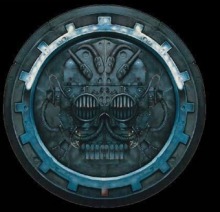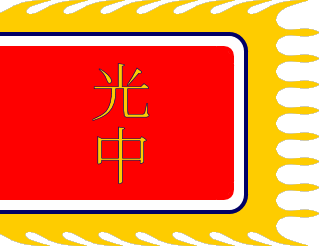
Guns of Our Forefathers II
Now with better graphics!
The year is 1775 AD, and the world is changing in the blink of an eye. What does the offspring of the Enlightenment hold for the world? Revolution? Independence? As the New World grows old, the civilized nations of the world turn to the south to find fresher lands. To all involved, their intentions seem good, but fate is set to determine if the results are. So what does the future hold for the world? So much has changed, and yet so much shall change.
I. PREMISE
This is an RP set in 1775. However, it is not the 1775 the world knows. Sure, all the tech and even some of the people may be the same, but the course of the world over the past few years may have veered from what is taught in textbooks.
II. TECH
Plain and simple: if it didn't exist in 1775, or any of the years that the RP is set in, then you cannot use it. However, should we get to a year where something is invented, then by all means discover it. Exceptionally significant technologies will randomly spawn in industrialized nations through random events. Also, do realize the limitations of tech; trading posts and small coastal settlements in Africa may be fine, but let's not scramble for it.
III. POINT OF DIVERGENCE
For this RP, the point of divergence (POD) is set as 1400 AD. What does this mean? It means that anything that occurs past January 1st, 1400 can b changed and manipulated, while anything before is canon history (sorry Scandinavian neo-pagans). However, player-written histories can't conflict. This means, for example, that if France reasonably invaded England, an application for England can't mention invading France at the same time.
IV. CLAIMING TERRITORIES
All players should try to post map changes as soon as possible; I will try to update the map frequently. One player may claim the land of another, though the player who first claimed that land will get to administer it. Disputed territory may be a factor in determining random events.
V. RANDOM EVENTS
Every now and then (whenever dafuq I want), I, or any Co-Ops, will post random events. Please note that the random events are precisely that: random. No one nation will be targeted for bad or good events. If you feel like you're being targeted by the events as a result of OP bias, then please discuss it with me; I would be more than happy to fix it if needed.
VI. TIME
Players should endeavor to follow a timescale of roughly 6 months a page (shout out to all you ETW fans). Of course, if there is a war or conference or any event which needs a lot of focus on a short period of time, then time can slow down for just those nations.
VII. REALISM
Last, but definitely not least, all players should heavily weigh their decisions and accurately portray the benefits and disadvantages of them. Not everyone's perfect, and I'll be angry if you are.
Map of Current Nations
Factbook
Roster
Africa
The Zimbabwean Empire -- Lingang
The United Southern Bantu States -- The Holy Dominion of Inesea
Asia:
Mughal Empire|Gurkani -- G-Tech Corporation
Empire of Japan -- Liecthenbourg
Russian Empire -- Valentir
The Celestial Thalassocracy of Great Ming -- Open
Western China -- The Grand Republic of Hannover
Europe:
Kingdom of Denmark -- The Kingdom of Glitter
The Holy Empire of Austro-Germany -- Snovatgatovia
The Prussian Confederation|Der Preubische Konfoderation|Pruska Konfederace -- Caltarania
Holy Kingdom of the Lapps and Suomi -- Jordslag
The Bourbon Union; Franco-Hispanic Union -- Bujahla
The Venetian League -- Rephesus
The Kingdom of Poland and The Grand Duchy of Lithuania|The Polish-Lithuanian Commonwealth -- Quirina
Anglo-Dutch Union -- Kryskov
Portugal -- Elerian
Near East:
Ottoman Empire -- Neros
South America:
Reservation (vague) -- Alleniana
Oceania:
The Dominion of Nieuw Holland -- Arenumberg
RESERVED NATIONS:
Southern South America
OTHER PAGES:
WIP
APP:
- Code: Select all
Nation Name:
Capital City:
Claimed Territory: (preferably a map or specific territory)
Population:
National Flag: (put in spoiler)
Head of State:
Head of Government: (if applicable)
Government Type:
National Ideologies: (Free Trade? Democracy? Slavophilia? etc.)
History: (put in spoiler)
429- do not remove, or else your app won't be accepted








